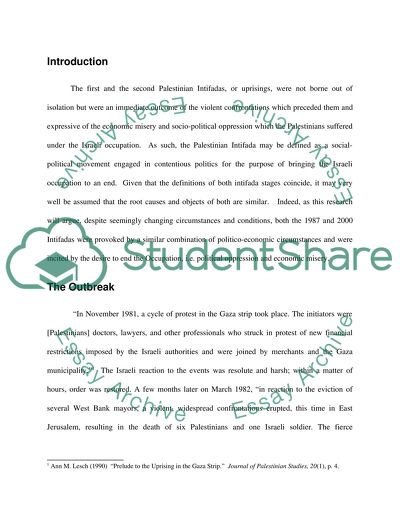Cite this document
(“The Grievances of the Palestinians Under the Occupation and a Popular Research Paper”, n.d.)
The Grievances of the Palestinians Under the Occupation and a Popular Research Paper. Retrieved from https://studentshare.org/politics/1533532-israeli-palestinian-conflict-essay
The Grievances of the Palestinians Under the Occupation and a Popular Research Paper. Retrieved from https://studentshare.org/politics/1533532-israeli-palestinian-conflict-essay
(The Grievances of the Palestinians Under the Occupation and a Popular Research Paper)
The Grievances of the Palestinians Under the Occupation and a Popular Research Paper. https://studentshare.org/politics/1533532-israeli-palestinian-conflict-essay.
The Grievances of the Palestinians Under the Occupation and a Popular Research Paper. https://studentshare.org/politics/1533532-israeli-palestinian-conflict-essay.
“The Grievances of the Palestinians Under the Occupation and a Popular Research Paper”, n.d. https://studentshare.org/politics/1533532-israeli-palestinian-conflict-essay.


